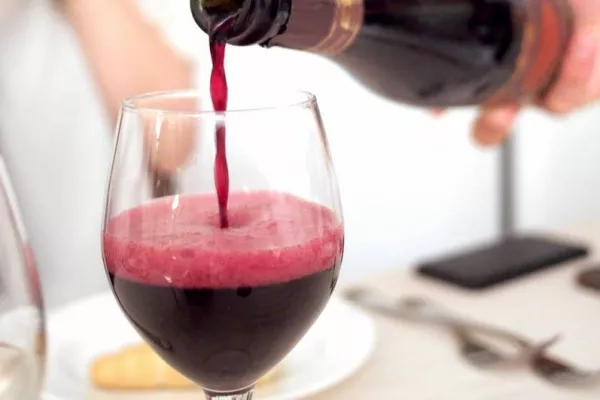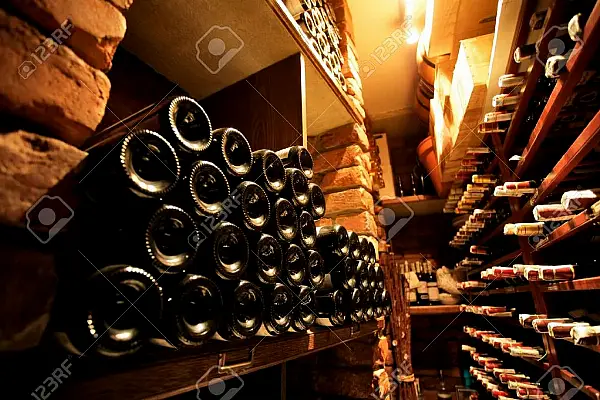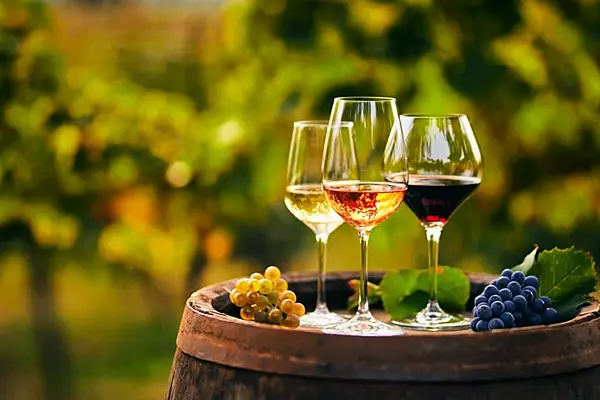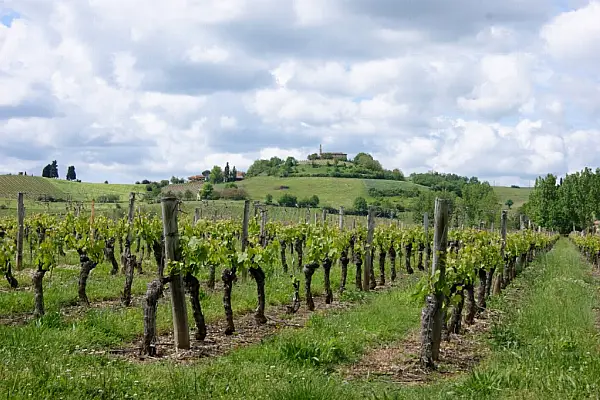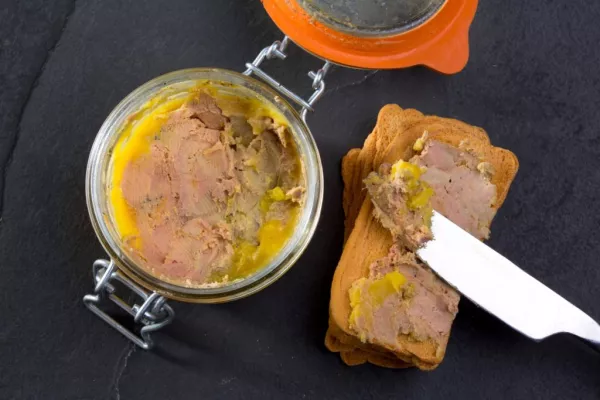Made by the same method as Champagne, French crémants are the latest buzz-grabbers in the expanding bubbly universe—and a wise choice if you’re looking to move on from boring prosecco. Think of them as the underdogs of the French wine world, offering sophisticated Gallic flair without the Champagne price tag.
“Crémant” is an official term used throughout France for fine sparkling wines made outside Champagne by the “methode traditionelle.” That’s the process by which wines get their bubbles from a second fermentation inside the bottle, then age for months on the spent yeast cells left behind, giving them character and a creamier texture.
For decades, places known for great reds and whites—including Burgundy, Alsace, the Loire Valley, and even Bordeaux—have been making under-the-radar sparkling wines, but crémant first appeared officially on labels only in the mid-1970s. Eight regions can now use the term for their fizz; the latest addition is Savoie, in the Alps. (Beaujolais also wants in, hoping to tap into global demand for fizz, which is projected to grow 14% by 2020; it aims to gain appellation status for sparkling gamay in a few years.)
Unlike Champagne, a bubbly that’s almost always chardonnay and/or pinot noir—and sometimes pinot meunier—crémants often rely at least partly on local varieties. In the Loire, that means chenin blanc; in Alsace, pinot blanc, as well as auxerrois; and in Savoie, jacquere and altesse. So don’t expect them to taste exactly like Champagne.
Naturally (this is France, after all) the law regulates the percentages of specific grapes and the amount of necessary aging, and it dictates hand-harvesting and gentle pressing, but each region contributes some rules of its own. The best producers make versions from single vineyards and routinely age their wines longer, and it shows.
Here's a selection of examples from five regions:
Crémant d’Alsace
Picturesque Alsace, in the foothills of the Vosges Mountains of northeast France, produces more than 50% of all French crémants. Many are excellent and more widely available than examples from other regions.
NV Jean-Baptiste Adam Brut Rosé - Super frothy, with intense strawberry fruit flavours, this pale, pink wine has mouthwatering appeal, zing, and a succulent elegance.
NV Domaine Saint-Remy Brut Cuvee Prestige - Bright and crisp, ideal for an aperitif, this bottle has notes of plums and golden delicious apples and shows off very fine, tiny bubbles.
NV Jean-Baptiste Adam Brut Les Natures - This organic and biodynamic domaine has been growing grapes for more than 400 years. A light, elegant blend of pinot blanc, chardonnay, and pinot noir, this bottling has subtle citrus-y charm and fresh apple-y purity.
2015 Albert Mann Extra Brut - Deep and creamy, this full-bodied blend of pinot blanc, auxerrois, and pinot noir from a family estate tastes of tart, spicy apples.
Domaine Valentin Zusslin Brut Zero San Soufre - A brother-and-sister team makes this very dry, crisp, complex blend of auxerrois, riesling, and chardonnay at a biodynamic estate. Natural-wine lovers take note: It’s made with no added sulfur.
Crémant de Bordeaux
Bordeaux is the only region whose production of crémant is shrinking, which may explain why very few have impressed me.
NV Philippe Raguenot Crémant Blanc - This 100% semillon, from a family estate, is light and crisp, with fresh green apple and herbal notes.
Crémant de Bourgogne
Amazingly, just about every village in Burgundy produces grapes for crémant, but the key areas are in northern Chablis, where the wines are zesty and light, and in southern Cote Chalonaise, where wines are richer and rounder. Chardonnay and pinot noir dominate, as they do for still wine. But producers also use other varieties grown in the region, such as pinot blanc, aligote, and gamay. Last year, in a bid to upgrade quality, the region instituted new, additionally aged ranking designations: “Eminent” and “Grand Eminent.”
Clotilde Davenne Extra Brut - Clotilde Davenne, one of few women making wine in Chablis, is behind this deliciously dry, frothy wine with aromas of warm bread and lemon zest and crisp, green apple flavors.
NV Parigot & Richard Brut Rosé - You’ll see this domaine’s fizz at such top restaurants as New York’s the NoMad. The bright, salmon-colored rosé is 100% pinot noir, with lively, tangy, strawberry flavors that are perfect for a decadent brunch.
Crémant du Jura
Sparkling wine has grown rapidly here and now accounts for one in four bottles in the ancient, now trendy Jura region of eastern France. White crémants must be at least 50% chardonnay, and rosés must be at least half-pinot noir or the local red, poulsard.
2015 Domaine de Montbourgeau - This all-chardonnay, from a top producer in the village of L’Etoile, is full of mineral flavors and zingy acidity.
2015 Andre et Mireille Tissot (Stephane Tissot) Extra Brut Indigene - Tissot produces 7,000 or so bottles of this extra brut fizz from chardonnay, pinot noir, and Jura red grapes poulsard and trousseau. Superior to most non-vintage Champagnes, it shows off honeysuckle aromas, tangy, citrus flavors with a salty complexity, and creamy, lush bubbles.
Crémant de Loire
The Loire is a veritable hotbed of crémant producers. Long ago, the fizz here was almost as famous as that of Champagne. But the wines taste very different because the primary grape for white is chenin blanc; for rosé, it’s cabernet franc.
2014 Domaine Vincendeau - Made from 100% chenin blanc vines, this bottle is bright and mineral, with aromas of white flowers and soft bubbles. Aging for 16 months on the lees gives it serious depth and layers of flavor.
NV Château de Brézé Blanc - The château, a tiny castle with a moat and an underground fortress, is a Unesco World Heritage site with organic vineyards on chalky soils. This blend of chenin blanc and chardonnay is luscious and bright, with aromas of white flowers and a mineral, zingy taste.
Article by Bloomberg, edited by Hospitality Ireland
